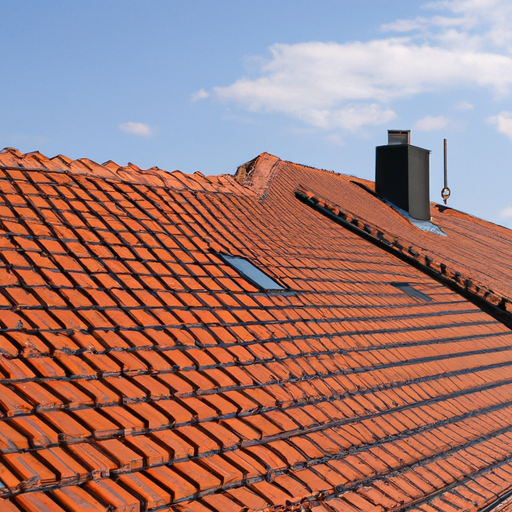Headings for the article: Roof Construction: Exploring Materials, Techniques, and Maintenance and Mastering the Essentials: A Comprehensive Guide to Roof Construction
In the world of construction, one of the most important elements of a building is its roof. Not only does the roof protect the structure from the elements, but it also contributes to the overall aesthetic and energy efficiency of the building. Therefore, understanding the essentials of roof construction is crucial for architects, contractors, and homeowners alike.
This comprehensive guide aims to provide an in-depth exploration of roof construction, including materials, techniques, and maintenance. By mastering the essentials of roof construction, professionals and homeowners can make informed decisions and ensure the longevity and performance of their roofs.
Roof Construction: Exploring Materials
One key aspect of roof construction is the choice of materials. Various materials are used, each with its unique characteristics, benefits, and limitations. The type of material selected can impact the durability, insulation, cost, and even the appearance of the roof.
Common roofing materials include:
- Asphalt shingles: Affordable and easy to install, asphalt shingles are widely used in residential construction.
- Metal roofing: Known for its durability and longevity, metal roofing is often chosen for its resistance to fire, wind, and hail.
- Tiles: Clay or concrete tiles provide a classic and elegant look, although they can be heavier and more expensive than other options.
- Slate: A natural stone material that offers exceptional beauty and longevity. Slate roofs are known for their aesthetic appeal and ability to last for a century or more.
- Wood shingles or shakes: These materials provide a unique and rustic charm, but require regular maintenance to prevent rot and decay.
Roof Construction: Exploring Techniques
Once the materials are selected, understanding the various techniques involved in roof construction is essential. Proper installation techniques not only ensure the structural integrity of the roof but also optimize its performance.
Key techniques in roof construction include:
- Roof framing: The framework upon which the roof is constructed, usually made of wood or steel trusses.
- Underlayment: A moisture barrier that prevents water from penetrating the roof and causing damage.
- Flashing: The installation of metal strips to prevent water leakage around chimneys, vents, and other roof openings.
- Gutter installation: The addition of gutters and downspouts to divert water away from the roof and foundation.
- Proper ventilation: Ensuring adequate airflow to prevent condensation and moisture buildup that can lead to mold and damage.
Maintaining Your Roof: The Essential Guide
Even the most well-constructed roofs require regular maintenance to preserve their longevity and performance. By following essential maintenance practices, homeowners can prevent costly repairs and extend the lifespan of their roofs.
Key maintenance tasks include:
- Regular inspections: Conducting visual inspections to identify loose shingles, damaged flashing, or other signs of damage.
- Cleaning: Removing debris, moss, and algae that can accumulate on the roof and cause damage over time.
- Gutter cleaning: Clearing gutters and downspouts from leaves and other obstructions to allow proper water drainage.
- Trimming trees: Ensuring nearby trees are trimmed to prevent branches from rubbing against the roof and causing damage.
- Immediate repairs: Addressing any identified issues promptly to prevent further damage.
By mastering the essentials of roof construction, including materials, techniques, and maintenance, individuals can ensure the longevity and performance of their roofs. Whether you are a professional in the construction industry or a homeowner taking care of your property, understanding these essential aspects will guide you in making informed decisions and achieving a well-constructed, durable, and visually appealing roof.
